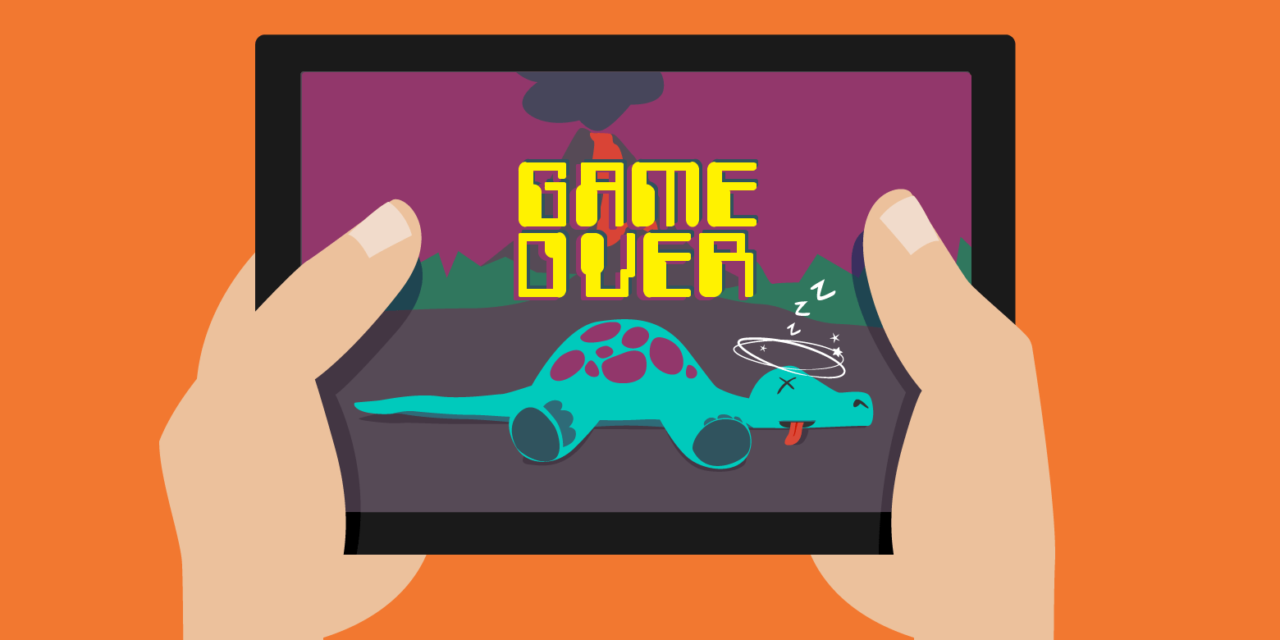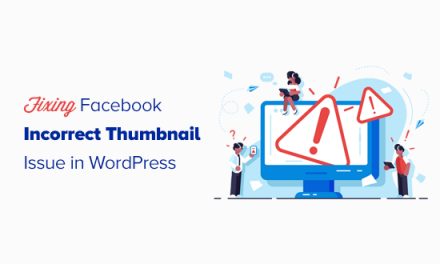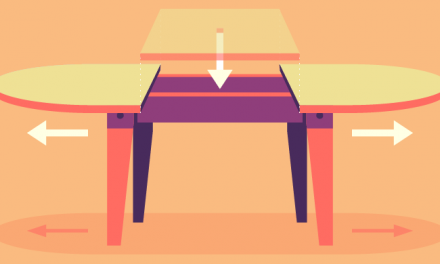According to an annual survey by the Entertainment Software Association in 2021, there are now a total 226.6 million video game players in the U.S. of all ages, growing nearly 6% from 214.4 million in 2020.
Among other key findings from the survey: About 55% of those surveyed identify as male (vs. 59% last year) with 45% identifying as female (vs. 41% in 2020). The average video game player is 31 years old (and 80% of players are over 18), with 38% of gamers 18-34.
ESA president/CEO Stan Pierre-Louis said:
“Players across the country embrace the ability of games to inspire, provide stress relief and mental stimulation or simply bring joy through play.”
It’s this sort of research and the usage of words like “bring joy” and “inspire” that should pique your interest if it hasn’t already. Why? Well, because games aren’t just for kids anymore. As the generations who grew up with computers and video games begin to comprise more and more of our target audience, we’re going to see more businesses use gamification techniques to lure in this techno-savvy and rewards-driven audience.
If you’re interested in exploring this concept of gamification and want to see how you can put this into play on your WordPress website, keep reading.
Websites That Feature Gamification
Businesses have been making use of gamification techniques for years and they’re reaping the benefits as audiences are clearly receptive to them. For instance, think about restaurants that offer those nifty little ordering kiosks on their tables. Kinda hard to ignore those and the brightly colored games on them, right? Then there are those undeniably useful reward tracking apps your favorite retailers and fast food joints offer. Hit a certain number of points and get $25 off!
Gamification isn’t just a gimmick brick-and-mortar shops can use to entertain guests while they wait for food or to entice them back to spend more. Gamification can be used on websites as well—and it’s not just about offering up a literal game either. In fact, most forms of gamification are fairly simple adaptations of game mechanics.
Curious to see how others have done this? Let’s take a closer look at how gamification features can add a new layer of awesomeness to your WordPress website.
BuzzFeed

I think that as much as BuzzFeed wants to be seen as a news outlet, there are just some of us that appreciate BuzzFeed for its ability to provide a random diversion during the workday. That being said, they do a fantastic job creating these quiz-like diversions. While they don’t necessarily drive the bottom line (other than to get more blog subscribers), they are effective in driving brand awareness.
Papa John’s

This gamification technique that Papa John’s uses is pretty basic, though it’s still a highly effective one since it plays on our urge to win and be rewarded for our investments. Like I said, gamification isn’t always about using an actual game to engage and inspire visitors; sometimes it’s enough to use visual elements reminiscent of gaming to drive the intrigue.
Robby Leonardi’s Resume

I recently shared this example when I was talking about the coolest examples of illustration-inspired websites. I think Robby Leonardi’s resume is worth another glance though since it does a great job of using game mechanics that many of us are familiar with in order to show off his professional resume and web development and design skills.
Salivation of the Llama

There really isn’t much point to this website, Llama the Avenging, other than to be entertaining, but it does a good job of it. From top to bottom, it uses video game-like engagements to keep the visitor wanting to scroll through, fill out the necessary details, and play along. Made by Italian agency copiaincolla, this page is an accurate reflection of their style of humor as well as their skills in web design.
Todoist

Like many project management tools, Todoist has created a simplified and yet engaging interface that encourages users to fill in their ongoing tasks and then check them off upon completion. What sets Todoist apart from the others, however, is its use of goal visualization. So, rather than just say “good job!” whenever a task is completed, Todoist offers Karma rewards based on how productive users are.

Whenever someone creates a new Twitter account, Twitter offers a step-by-step setup guide. Questions like “What is your username?” and “What are your interests?” are asked. Once the account is live, Twitter continues engaging with the user by providing guidance in the form of tooltips. These are meant to encourage users to fill in their profiles completely (which is helpful if they weren’t previously aware of those fields).
WPMU DEV

One of my favorite examples of gamification occurs within the comments section of this website. If you haven’t noticed it before, be sure to scroll down and check out what WPMU DEV does with user profiles. You can also read more about the Hero Points system. Not only is this a great example of infusing some “fun” into a website with gamification, but it’s also totally in-line with WPMU DEV’s overall brand identity.
Adding Gamification to Your WordPress Website
Gamification can be fun, educational, drive loyalty, boost brand recognition, and do a whole lot more for a WordPress website. It’s just important not to overdo it. Gamification needs to be memorable for the value it adds, and not just because you created a diversion someone can use for a couple minutes before getting back to work.
With that said, let’s talk about some practical ways you can add gamification features to your own website.
#1. Tooltips
Most video games will usually give you a quick overview of how to use the controller in order to navigate your way through the game. Think of tooltips in the same way. While your goal should always be to create an intuitive pathway from entry to conversion, sometimes it’s helpful to add quick tips to keep your visitors moving along.
#2. Page Loading Progress Bars
Last year, I wrote a piece about page transitions and on how, with the right animation, you can keep visitors engaged as they wait for a page to load. Those same type of transitional animations work really well for gamification. Obviously, no one wants to sit and wait for a game (or website) to buffer, but with a short and entertaining enough animation, you may increase the likelihood that visitors stick around longer.
Check out PACE for free automatic page load process bar themes.
#3. Quizzes
Want to follow in the footsteps of websites like BuzzFeed and provide visitors with additional entertainment or educational value? Create quizzes, polls, and surveys to keep them engaged and give you an opportunity to gain additional insights about what more they’d like to see from you. Check out the Forminator plugin for this.
#4. Communities
One of the benefits of playing video games is the opportunity to meet like-minded individuals as they explore the same landscape and universe as you. Some games even allow you to join forces and form your own virtual team, despite never having met one another in real life. If your website has a large community that would benefit from collaboration and communication, forming a membership service and community would be a great way to encourage that same team-like atmosphere.
If you’re interested in creating a community, check out BuddyPress, a free social networking plugin for WordPress.
#5. Points-Based Features
Further building on that idea of creating a community, if you want to take it an extra step and reward members with points, you can use a plugin like myCRED to do so. For the most part, this plugin focuses on helping users devise points systems and manage visitors’ points accumulation on their WordPress website. Purchase rewards, badges, games, and other related features are available through this tool as well.
6. Membership Rewards
Now, if what you’re looking for is a wholly comprehensive membership rewards gamification tool, then Captain Up is what you’ll want. This tool comes chock-full of gamification features like badges, levels, trophies, points, currencies, and rewards. You can also use this to manage communication with your community and to promote and reward visitors for engaging with your brand on social media.
Wrapping Up
Gamification isn’t all that new of a concept. But as we discover better, more efficient ways to build websites, we now have the time to dedicate to innovative design techniques like gamification that we might not have otherwise considered.
As always, remember to keep the user’s experience at the front of your mind before introducing any new design or interactive elements to your site. Your goal should always be to improve the experience, not just to sell more. When it comes to gamification, the simpler and easier the feature, the better.
Editor’s Note: This post has been updated for accuracy and relevancy.
[Originally Published: March 2017 / Revised: March 2022]
Tags:











